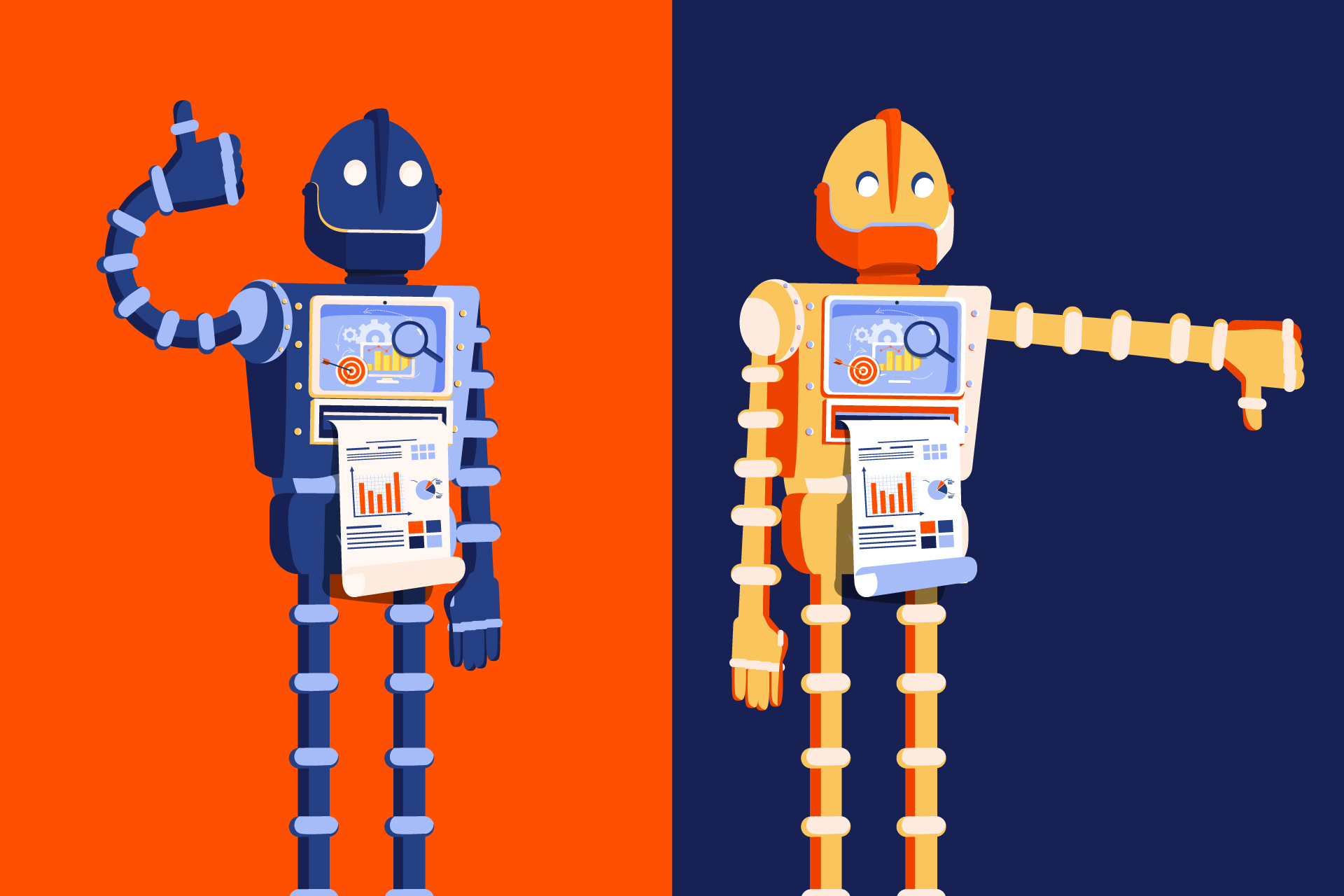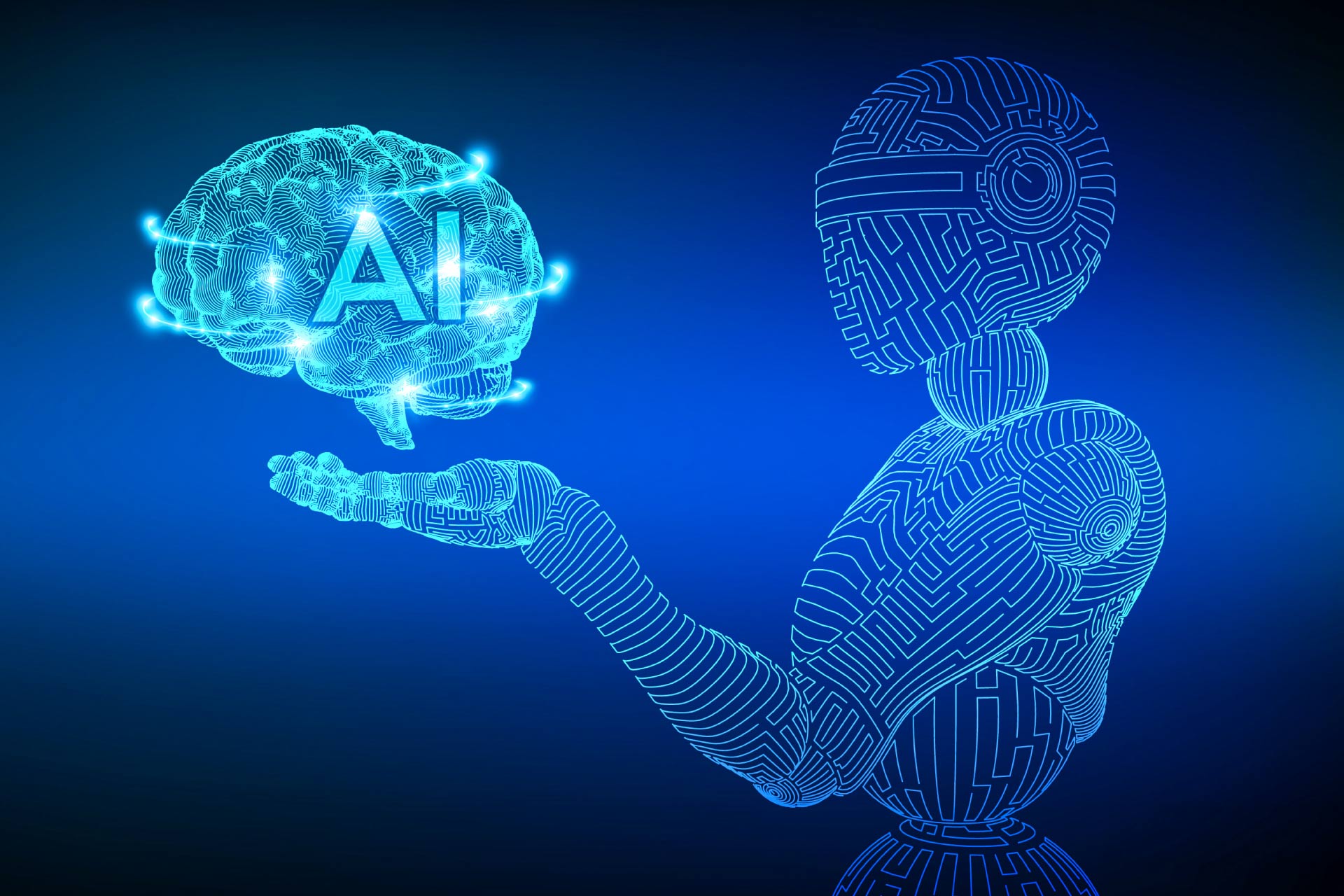AI and Designers: Will Artificial Intelligence Replace Designers in 2024?

In recent years, Artificial Intelligence’s integration across various sectors has ignited fervent debates on its potential to replace human roles. One sector under scrutiny is design.
The relationship between AI and designers is multifaceted, sparking questions about coexistence, competition, and collaboration.
Table of Contents
The Evolution of Design
Design, like many other professions, has always evolved alongside technology. From hand-drawn sketches to digital platforms and now, to AI-driven tools, each phase has enhanced the designer’s toolkit.
Today, the synergy between AI and designers is shaping the next frontier of design innovation.
What AI Can Do in Design
AI’s prowess in the design sector is undeniable:
- Automated graphic design tools: Platforms powered by AI can now generate logos, graphics, mascot design and even layouts, providing a starting point or rapid solutions for projects.
- Generative design: Especially prevalent in architecture and product design, AI evaluates countless design options to propose the most efficient and innovative solutions.
- UX and UI optimization: AI can analyze user data to suggest design modifications, enhancing the user experience.
- Speed and efficiency: One of the chief benefits of AI in design is its ability to produce designs at an unprecedented speed, making rapid prototyping a breeze.
Limitations of AI in Design
Yet, the relationship between AI and designers is not without its complexities:
- Emotion, intuition, and creativity: A design that resonates often taps into human emotions and cultural contexts—areas where AI, despite its computational power, lags behind human designers.
- Context understanding: AI might sometimes overlook societal and cultural nuances, leading to designs that might be efficient but not necessarily appropriate or engaging.
- Repetitive design patterns: AI thrives on patterns. But design thrives on uniqueness. Over-reliance on AI can sometimes lead to designs that feel too formulaic or lacking in originality.
The Complementary Relationship: AI and Designers
Rather than viewing AI as a replacement, many in the industry see the collaboration between AI and designers as the optimal path forward:
- Case studies: Notable brands have harnessed the combined power of AI and designers to create innovative solutions. These collaborations highlight that AI, while powerful, works best when guided by a designer’s vision.
- AI as a tool: Think of AI as an assistant, not a replacement. AI can handle repetitive tasks, data-heavy analysis, and rapid iterations, allowing human designers to focus on strategy, creativity, and fine-tuning.
The Future of Design with AI
The trajectory suggests a future where the partnership between AI and designers continues to flourish:
- Advancements in AI design tools: As technology progresses, we can expect even more sophisticated tools that understand and assist the design process.
- The irreplaceable designer: While AI will become an indispensable tool, the designer’s role—as a visionary, director, and emotional anchor—remains paramount.
- Upskilling: Designers will likely need to evolve, understanding how to harness AI’s capabilities to their advantage.
Harnessing AI in Design: A Dual Edged Sword
AI will not replace the designer who is using AI to increase their productivity and speed up their work.
Aidan Huang, Creative Director
This insightful quote underscores the powerful potential of a harmonious partnership between AI and designers. It hints at the future trajectory of design, where automation and human ingenuity coalesce.
Discussing this dynamic further, one can’t ignore the rise of the on-demand design agency model. These agencies, which blend the efficiencies of AI with human creativity, are reinventing how businesses approach design.
They tap into AI’s capabilities to churn out multiple design iterations quickly, while human designers refine, contextualize, and add the final touches.
Furthermore, as we look at design trends in 2024, a clear pattern emerges. While AI aids in rapid prototyping and iterative designs, the trends reflect a deeper human touch. They showcase the importance of cultural context, emotional resonance, and individual brand identities, elements that AI, in its current form, struggles to replicate fully.
The role of AI, then, becomes apparent. It acts as a scaffold, upon which human designers build, shape, and polish. This dynamic seems set to shape the future of design for years to come.
Forging the Future: AI and the Design Renaissance
The coming years will likely witness an expansion of this harmonious synergy. As AI tools become more advanced, and as designers become more adept at harnessing AI’s capabilities, we can anticipate a design renaissance. Design trends in 2024 have already hinted at this fusion, with designs that are both efficient and evocative.
Moreover, the rise of on-demand design agencies will further democratize design, allowing businesses of all scales to access high-quality designs swiftly. These agencies, harnessing both AI and human expertise, will set the gold standard for design deliverables.
However, the essence of design, the human touch, remains irreplaceable. As the famous quote elucidates, AI’s role is not to replace but to amplify the designer’s capabilities.
Embracing this perspective promises a future where designs are not only efficient but also deeply resonate with their audience.
In the intricate dance of technology and creativity, small businesses often face the toughest challenges. TripleGrowth is your partner in navigating this journey. We offer cost-effective design solutions tailored for businesses keen on growth, ensuring you’re not just current but ahead of the curve. From global trends to local nuances, our expertise is your competitive edge.
Get in touch today to discuss how we can be the catalyst that propels your brand to new heights.
Are AI and Designers in direct competition?
While AI offers advanced tools in 2024, designers still hold a crucial role in creativity, emotion, and human-centric design.
How are AI and Designers collaborating in 2024?
AI and Designers work synergistically, with AI handling repetitive tasks, data analysis, and basic designs, while designers focus on creativity and strategy.
Can AI replace the creativity of designers?
While AI can generate designs based on data in 2023, the genuine creativity, intuition, and emotional intelligence of designers remain unmatched.
What advantages do AI and Designers offer individually?
AI offers speed, consistency, and data-driven designs. Designers provide creativity, understanding of human emotions, and personalized touch.
How are AI tools transforming the work of designers?
AI and Designers in 2024 see a collaboration where AI tools aid in quick prototyping, trend analysis, and design optimization, allowing designers more freedom to innovate.
